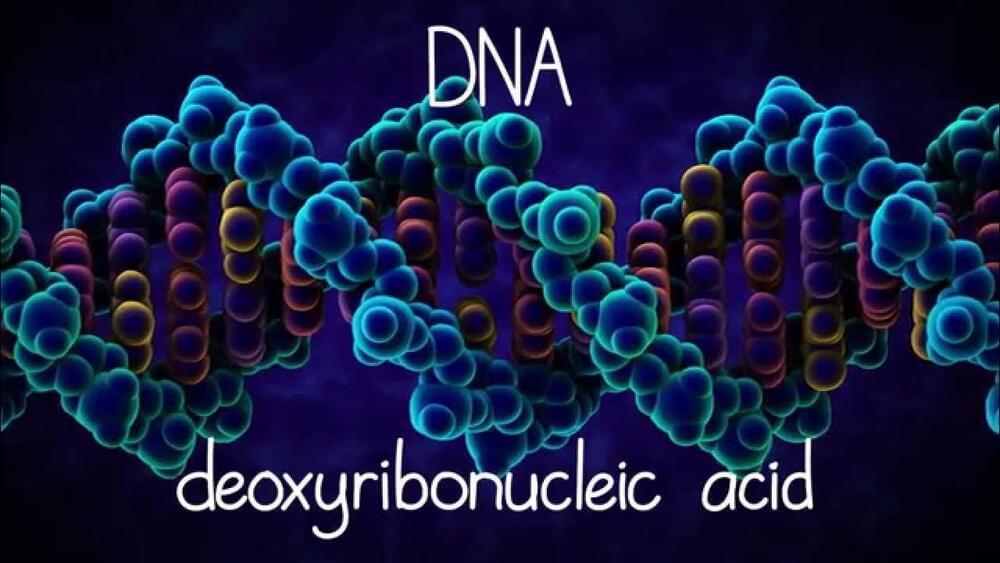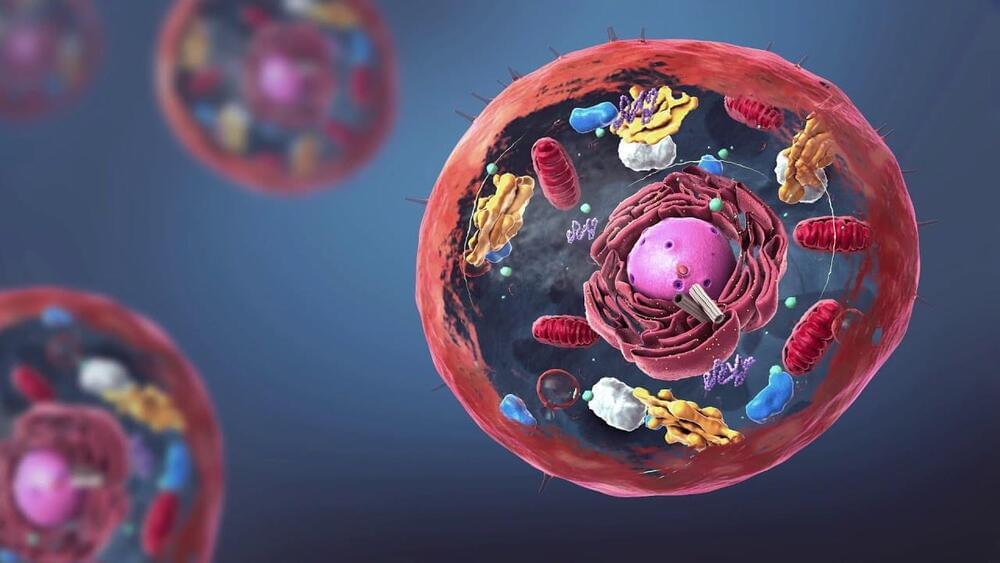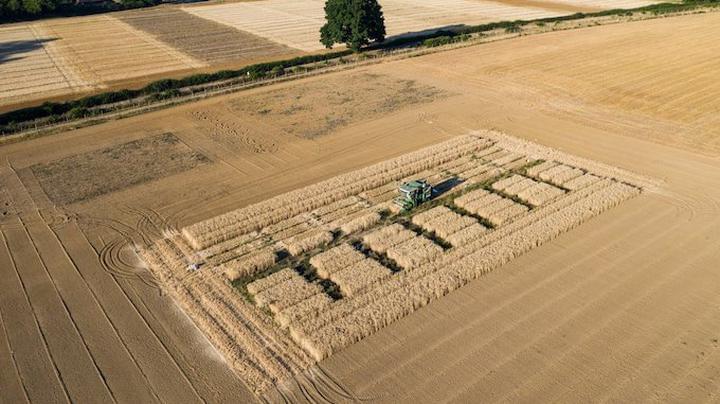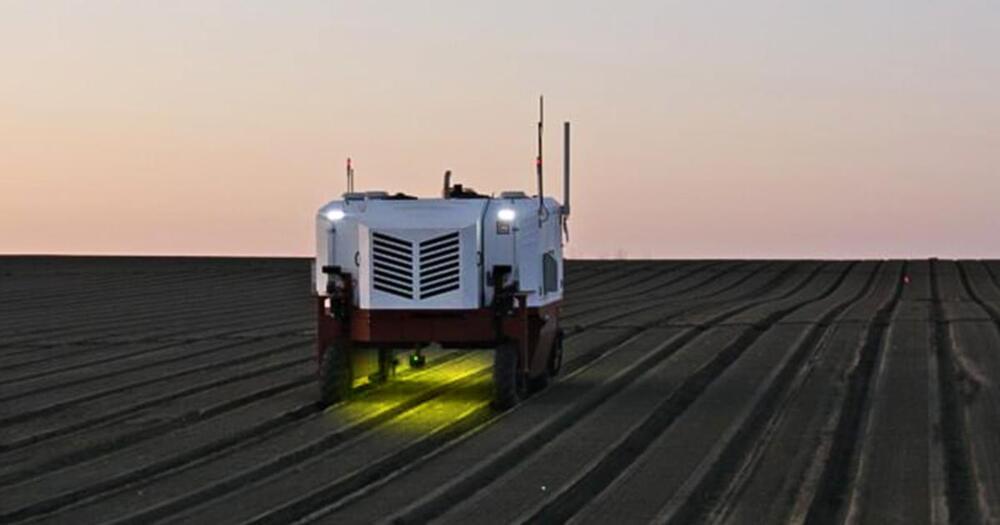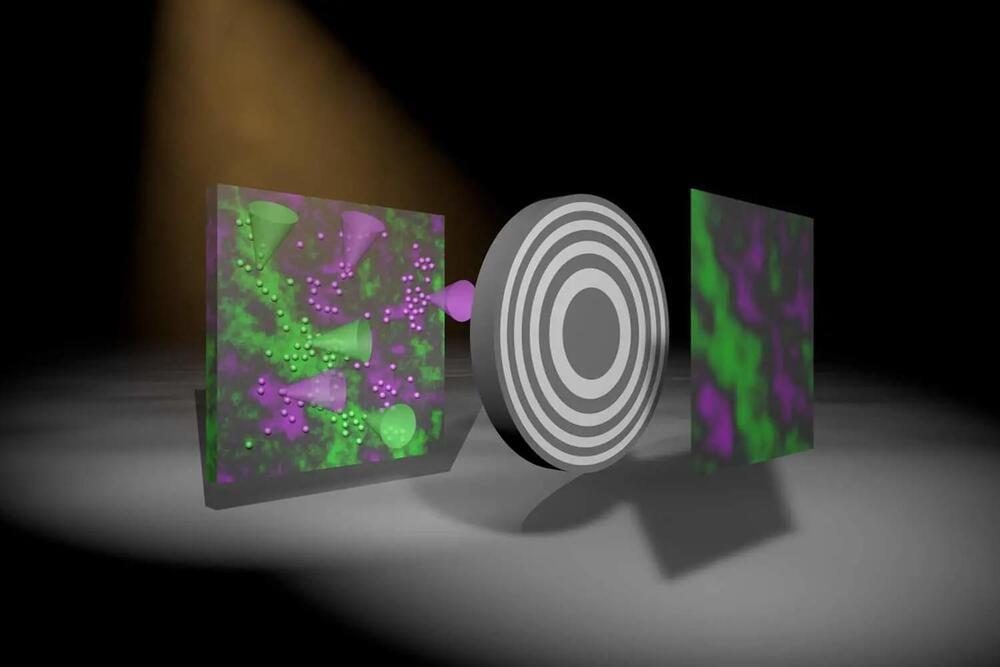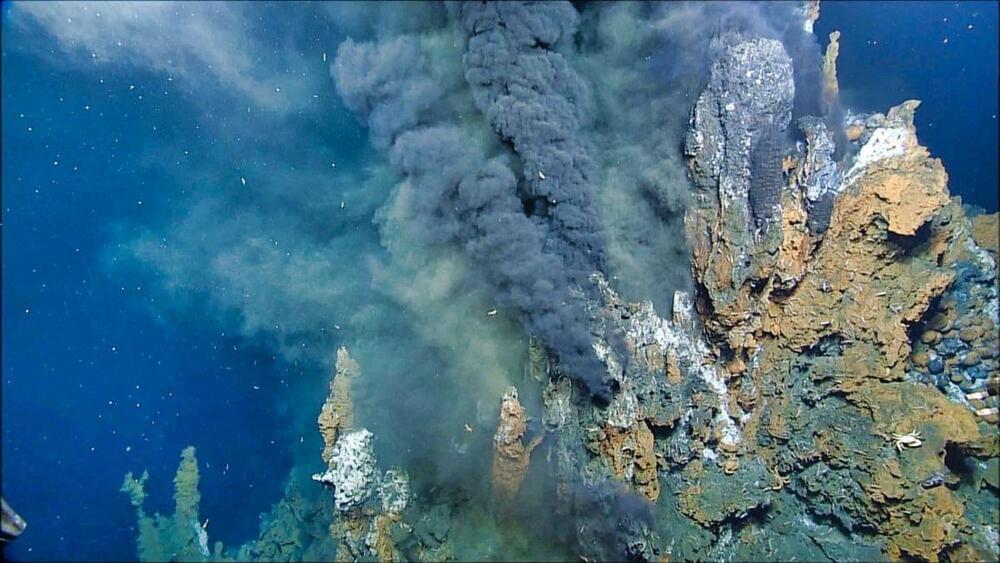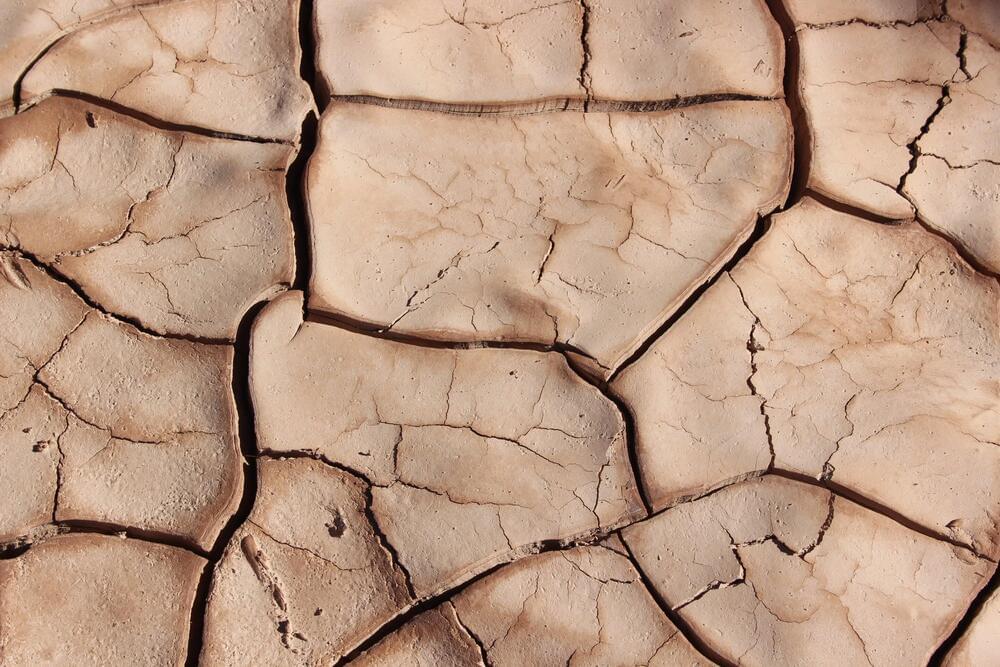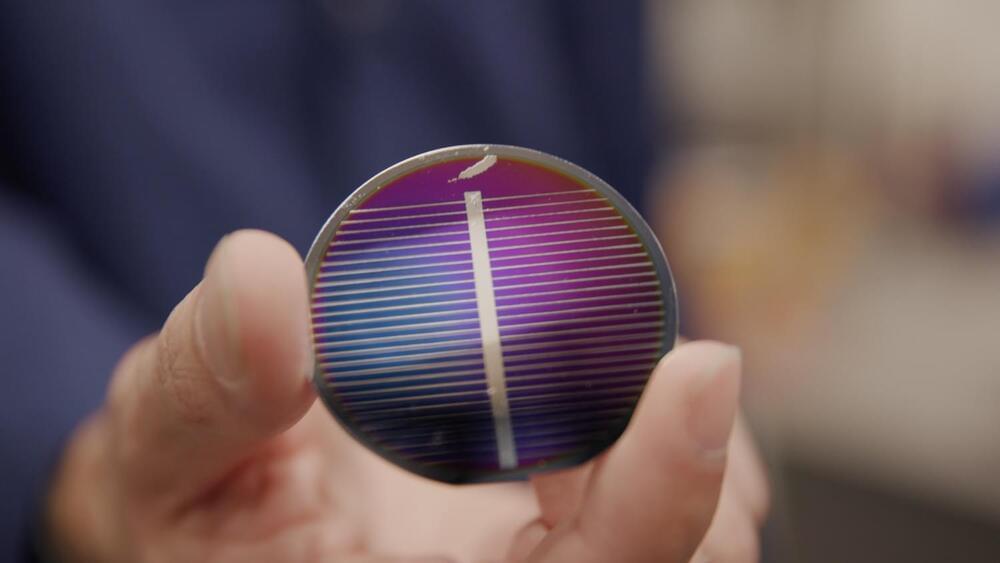Feb 14, 2023
The Structure of DNA
Posted by Dan Breeden in categories: biotech/medical, chemistry, genetics
An exploration of the structure of deoxyribonucleic acid, or DNA. If you want to learn more, join our free MITx #700x Introduction to Biology course (http://bit.ly/700xBio) or our #703x Genetics (https://bit.ly/GeneticsPart1) Also try #705x Biochemistry. (http://bit.ly/705xBiochem) or our advanced #728x Molecular Biology course (http://bit.ly/MITx7281x). Learn more about our work: http://web.mit.edu/mitxbio/courses.html.
This video was created for MITx 7.28.1x Molecular Biology: DNA Replication & Repair, offered on edX.
